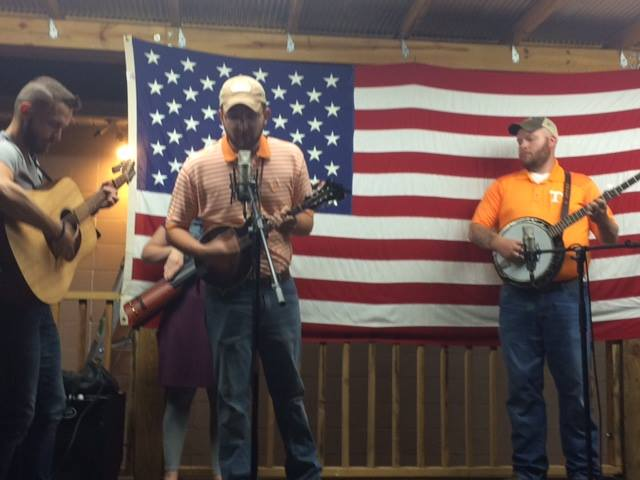Carrying Fire
/The Bible tells us that man had fire pretty much from the beginning. Now, Adam wouldn’t have needed fire in the Garden of Eden since he wasn’t eating meat then. However, when he and Eve were expelled, in Genesis 3:24 we are told that God, “placed at the East of the garden of Eden Cherubims, and a flaming sword which turned every way to keep the way of the tree of life.” And in the very next chapter (which would be years later) Abel is sacrificing a sheep which normally required fire.
Every child that ever played cowboys and Indians or pioneers has tried to create fire with dry sticks or a piece of flint if he could get it. In fact, most children are overly-fascinated with fire! And it is essential to life. If you have to spend any amount of time in the woods you’ll want to be able to produce fire – unless you are especially well equipped with modern equipment. If you get wet from a fall in the creek or an unexpected downpour, you’ll have to find a way to dry or sickness will surely ensue. Then there’s food – those the nuts and berries you can find will only take you so far – you’re gonna’ need the protein from animals you can catch or kill. That game will need to be cooked to avoid the bacteria such as E. Coli or Salmonella that the animals can carry. Not to mention the numerous steps we learned here last week that are required to use acorns.
Years ago I heard Conard Atkinson talk about carrying fire from a neighbor’s house. Now I certainly didn’t dismiss his story, but that was not a concept I’d ever heard tell of so I guess I didn’t think much more about it. (How many times I’ve wished I could sit with Conard and pepper him with questions!) Well, my precious cousin Charlotte recently gifted me a tin box which her mother, Ethel Key Yeary, always said had been kept on Grandpa Key’s mantle to hold the matches. The story she told me next echoed Conard’s because Ethel recalled that every once in a while they’d run out of matches and having no option to just run down to the Dollar General and buy a box – first because the only store was miles away and “running” for them largely meant running on their two legs not to mention the few cents charged for a box of matches may well have been more than the family had at the moment – so it was Ethel’s job to take a tin bucket and walk to the nearest neighbor’s house for hot coals.
If you’ve ever tried to start a fire with flint you may be thinking the option of a neighbor sounds pretty reasonable.
We’ve talked here before about the necessity of keeping fire. And despite my own struggles with the fireplace from time to time, I suppose I imagined my forefathers had such skill with fire that they would never need to build a new one – except maybe at the first sign of cold weather. But when I think about it, the cookstove is nearly impossible to keep fire and if you’ve spent the day out in the woods – maybe cutting more wood for that ole’ fireplace, then you may well come home to cold ashes. I guess there really were lots of times that generation had to start a fire afterall.
Then there’s the question of neighborliness – what would you say if your next door neighbor showed up with her bucket and asked for some fire? Even as I write this I can’t quite imagine what my first thought would be after that request. But maybe everybody was in that situation at one time or another and everyone pulled together so they would all survive.
What would your kids say if you pointed to the coal bucket and told ‘em to run down the road a fetch some fire?












